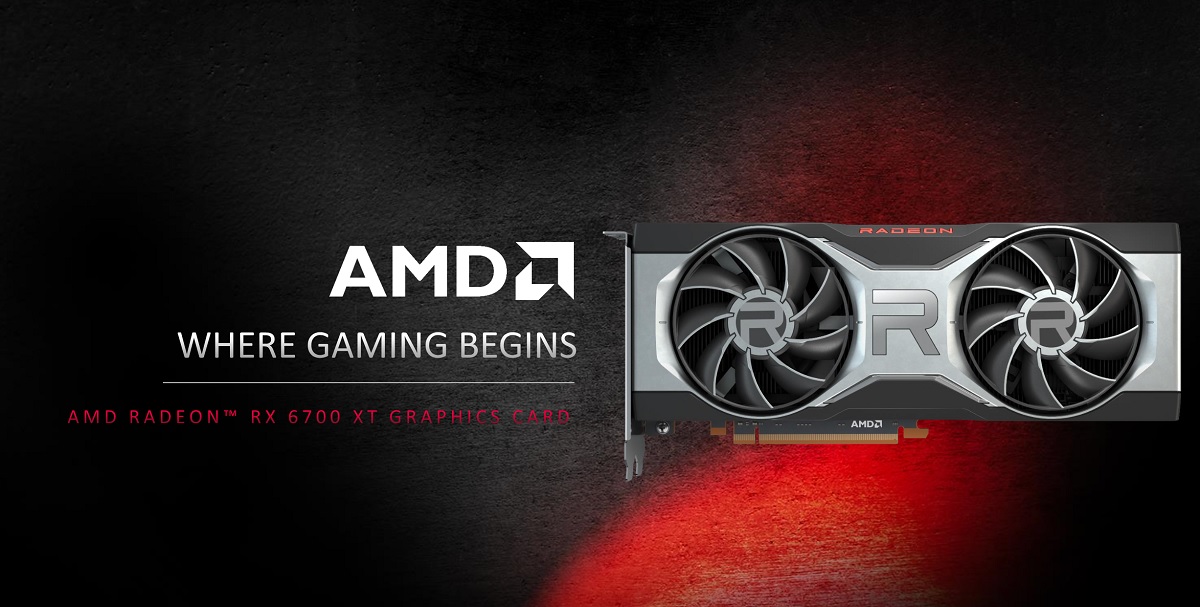Advanced Micro Devices officially launched its AMD Radeon RX 6700 XT graphics card, targeted at the sweet spot of the market with availability starting on March 18.
But you may be aware that there’s a big shortage of semiconductor chips in the world, and so there’s no telling if people will be able to get their hands on these $479 graphics cards.

Unlock premium content and VIP community perks with GB M A X!
Join now to enjoy our free and premium membership perks.
![]()

![]()